New evidence from neutrinos points to one of several theories about why the cosmos is made of matter and not antimatter.
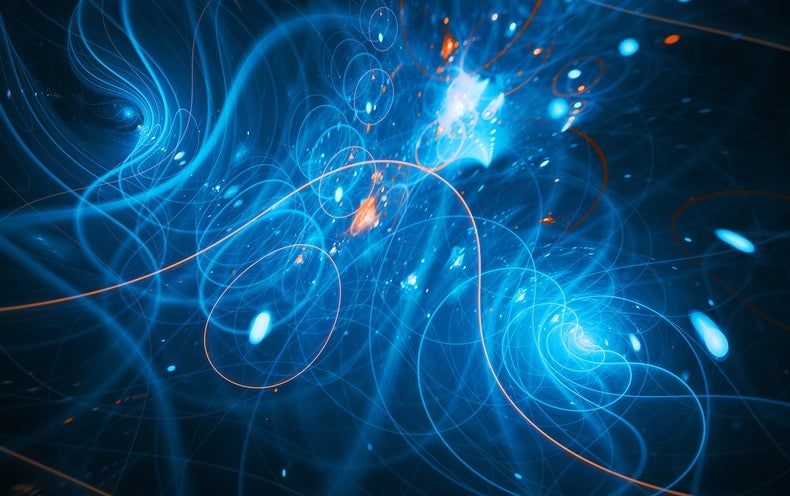

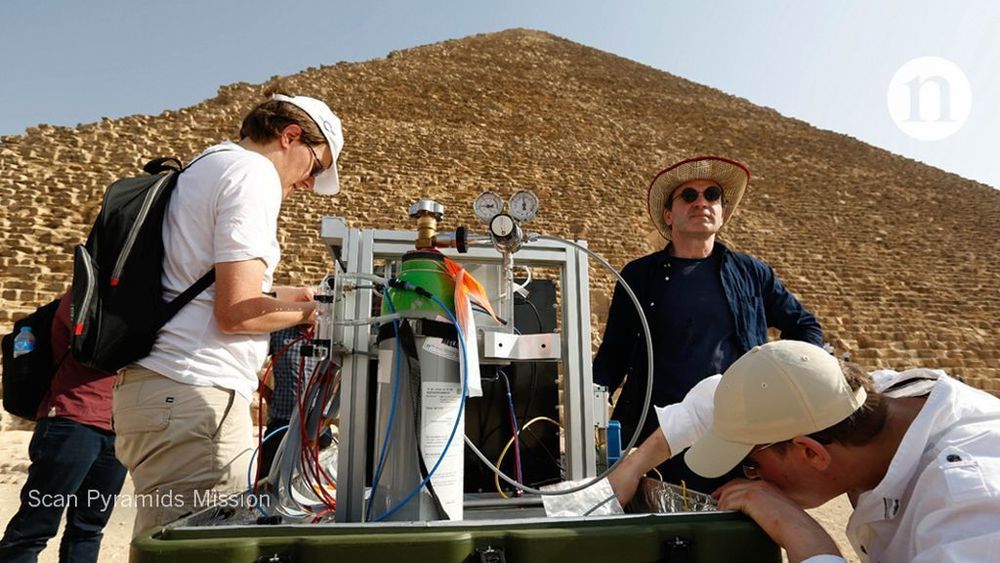
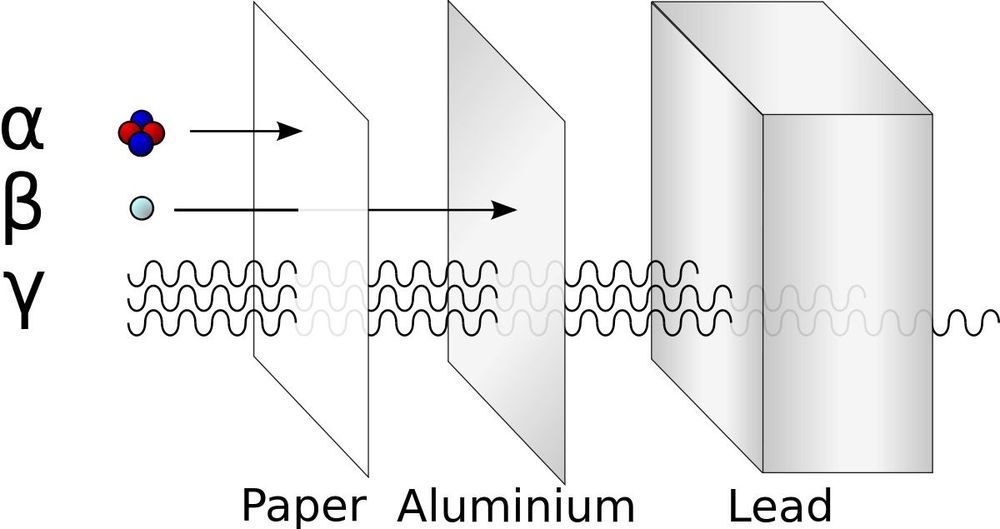

The research team, which also included Rodriguez’w PhD students Zou Geng and Kevin Peters, increased and decreased the distances between the mirrors at different speeds and noted how light transmitted through the cavity was affected. They saw that the direction in which the mirrors moved influenced how much light got through the cavity, finding that “the transmission of light through the cavity is non-linear.” This behavior of light, called hysteresis, is present in the phase transitions of boiling water or magnetic materials.
The scientists also increased the speed with which the oil-filled cavity opened and closed, observing that under such conditions the hysteresis was not always present. This allowed them to extrapolate a universal law. “The equations that describe how light behaves in our oil-filled cavity are similar to those describing collections of atoms, superconductors and even high energy physics,” elaborated Rodriguez, adding: “Therefore, the universal behavior we discovered is likely to be observed in such systems as well.”
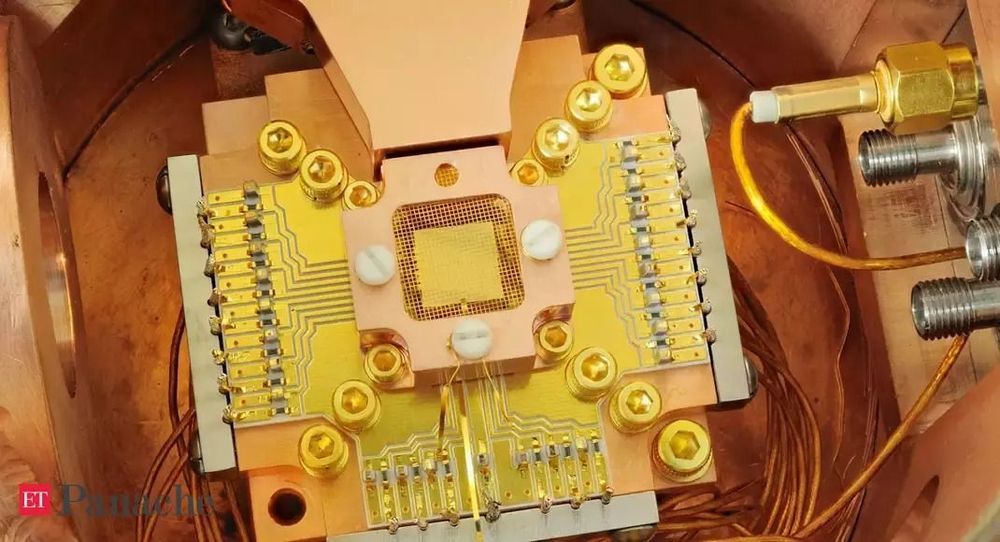
Modern circuitry operates in binaries – switches can either be 0 or 1 – which in turn restricts their computing power to discrete values. Qubits, on the other hand, can hold both values depending on their state, and derives this property from quantum physics. Qubits are modelled on subatomic particles like electrons, giving them an edge over Boolean systems. Quantum computers are difficult to operate, in part due its bulk, power consumption, hardware complexity, and reliance on low temperatures.
Intel’s “hot” qubit technology ought to address the latter concern. These qubits are capable of operating at temperatures higher than 1 Kelvin (−458F / −273K), which is the warmest temperature that quantum computers till now were able to tolerate. Computers in outer space operate at 3 Kelvin. The practical benefits of this breakthrough will manifest itself if Intel can combine quantum hardware and control circuitry on the same chip. It has hitherto been difficult for researchers to separate control electronics for qubits from the qubits themselves owing to the frigid temperature that the latter require to function.
Intel will be hoping that this development will help it fabricate more efficient chips that meld the two parts on the same chip without compromising on fidelity. The commercialization of quantum computing still remains a pipe dream, but large corporations like Google and Intel are paving the way for improvements that could make quantum computers more viable. Even so, make sure you’re wearing a scarf before you go to collect your first quantum computer.

Scientists found that a class of particles known as bosons can behave as an opposite class of particles called fermions, when forced into a line.
The research, conducted at Penn State University and funded in part by the Army Research Office, an element of U.S. Army Combat Capabilities Development Command’s Army Research Laboratory, found that when the internal interactions among bosons in a one-dimensional gas are very strong, their velocity distribution transforms into that of a gas of non-interacting fermions when they expand in one dimension. The research is published in the journal Science.
“The performance of atomic clocks, quantum computers and quantum systems rely upon the proper curation of the properties of the chosen system,” said Dr. Paul Baker, program manager, atomic and molecular physics at ARO. “This research effort demonstrates that the system statistics can be altered by properly constraining the dimensions of the system. In addition to furthering our understanding of foundational principles, this discovery could provide a method for dynamically switching a system from bosonic to fermionic to best meet the military need.”
In particle physics, we try to understand reality by looking for smaller and smaller building blocks. But what if that has been the wrong philosophy all along?
In standard use, the S-matrix can be calculated if you understand the forces in the interaction region – for example, in the nucleus of an atom. But what if you don’t know those internal interaction forces? Heisenberg sought a way to ignore that internal structure and, rather, treat the S-matrix as fundamental. The S-matrix was to become the physics of the interaction, rather than an emergent property of more fundamental, internal physics. Heisenberg’s made some progress in the 40s, but the approach came into its own 20 years later when the atomic nucleus refused to give up its mysteries.

Department of Engineering, Aarhus University, is coordinating a FET-Open backed project to build an entirely new AI hardware technology using nano-scale spintronics that can radically change the way in which computers work. The project will develop a neuromorphic computing system using synaptic neurons implemented in spintronics: a novel AI hardware that can set a framework for AI software in a physical system built like a human brain, upping computer performance by up to 100.000 times.
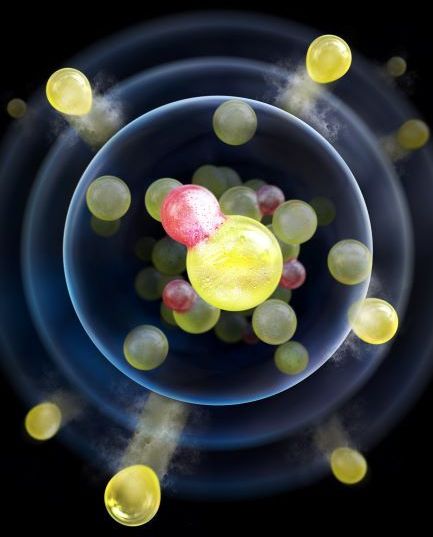
Cooling atoms to ultracold temperatures is a routine task in atomic physics labs, but molecules are a trickier proposition. Researchers in the US have now used a widely-applicable combination of methods to make molecules colder than ever before – a feat that could pave the way for applications in areas as diverse as high-temperature superconductivity and quantum computing.
In everyday life, we do not see the bizarre effects of quantum mechanics because the quantum states of the particles around us are constantly collapsing, or decohering, as they interact. At temperatures near absolute zero, however, some identical particles will simultaneously occupy the lowest energy quantum state available. This phenomenon is known as quantum degeneracy, and it was experimentally demonstrated in 1995, when groups led by Eric Cornell and Carl Wieman (then at the University of Colorado, Boulder) and Wolfgang Ketterle of the Massachusetts Institute of Technology (MIT) created the first Bose-Einstein condensates (BECs) with rubidium and sodium atoms, respectively.
Other groups have subsequently made condensates using other atomic species, and various techniques have been developed to cool atoms to quantum degeneracy. In one of the simplest methods, a sample of atoms is confined in a magnetic or optical trap. Hotter atoms with more kinetic energy are more readily able to escape, or evaporate, from this trap, so the remaining atoms become cooler. In another method, known as sympathetic cooling, one type of atom is cooled directly and allowed to thermalize with atoms of another type, thereby cooling them by extracting their kinetic energy.
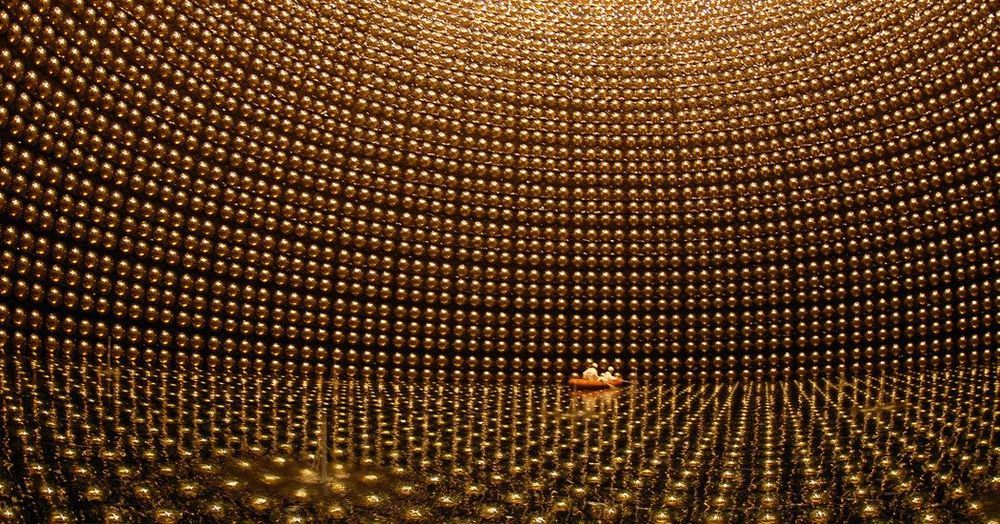
How did matter gain the edge over antimatter in the early universe? Maybe, just maybe, neutrinos.
The Super-Kamiokande Neutrino Observatory, located more than 3,000 feet below Mount Ikeno near the city of Hida, Japan. Credit… Kamioka Observatory, Institute for Cosmic Ray Research, University of Tokyo.